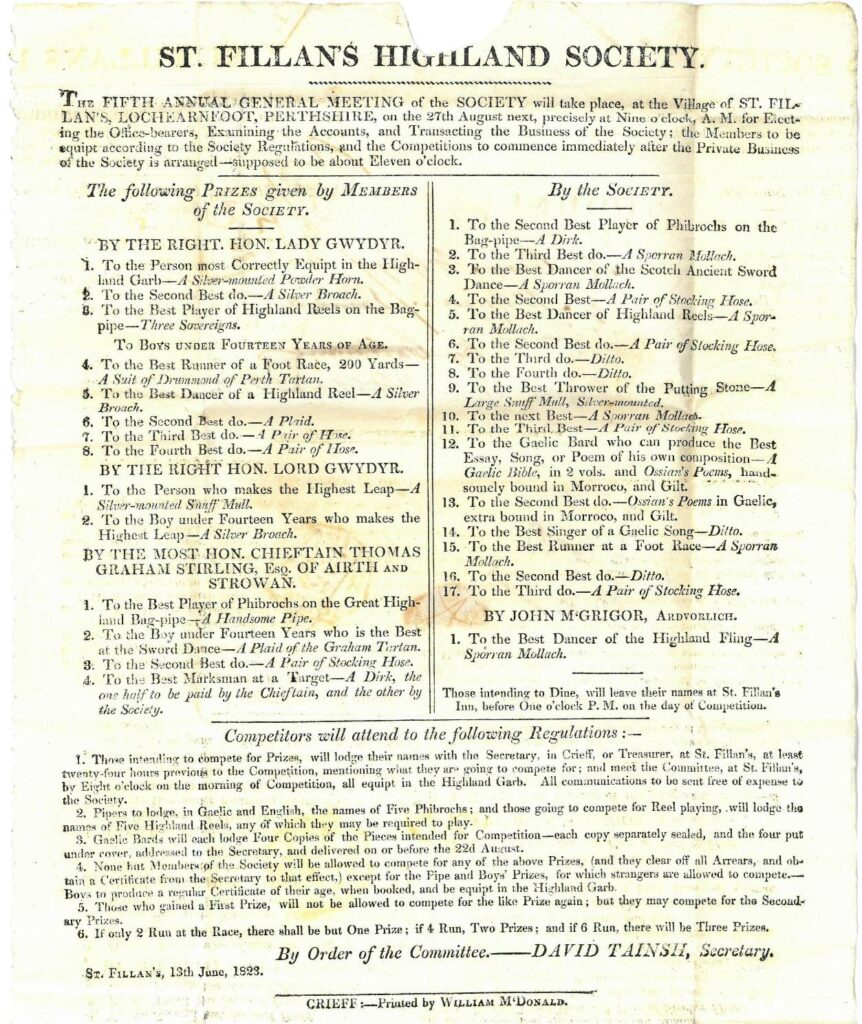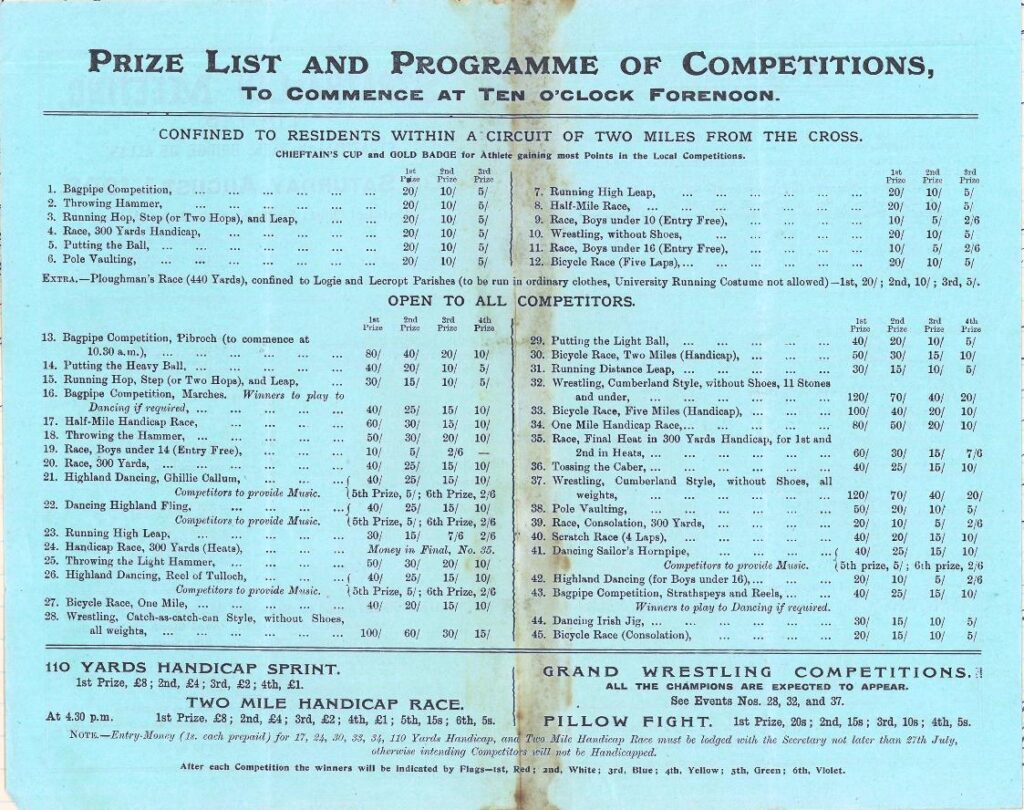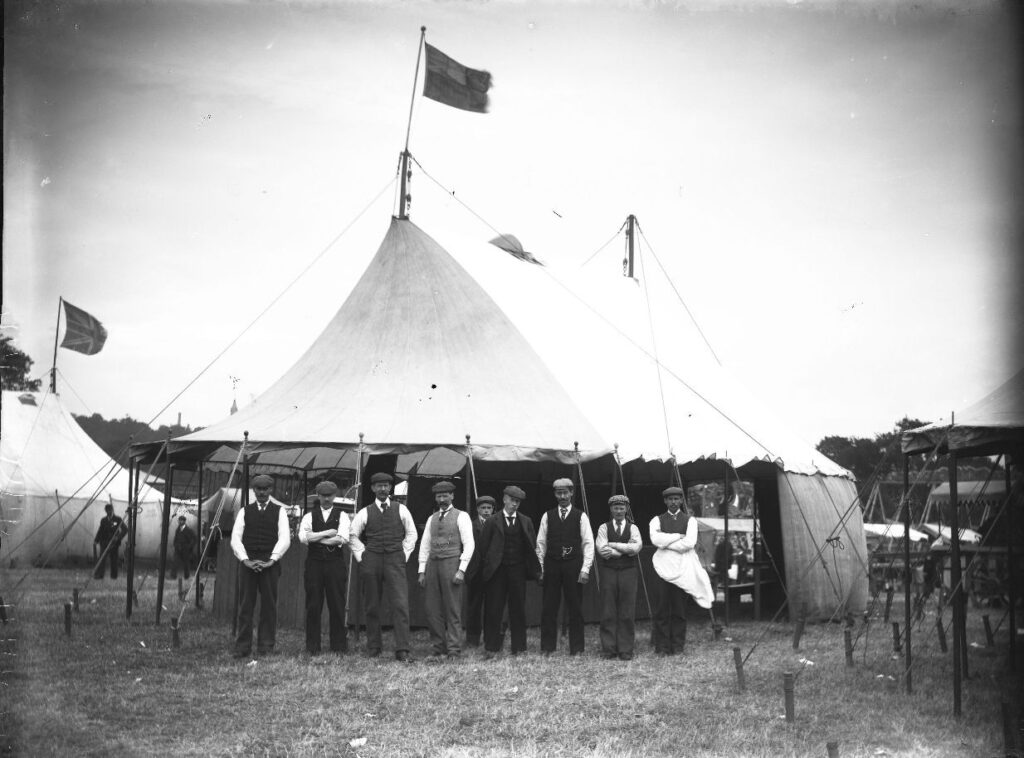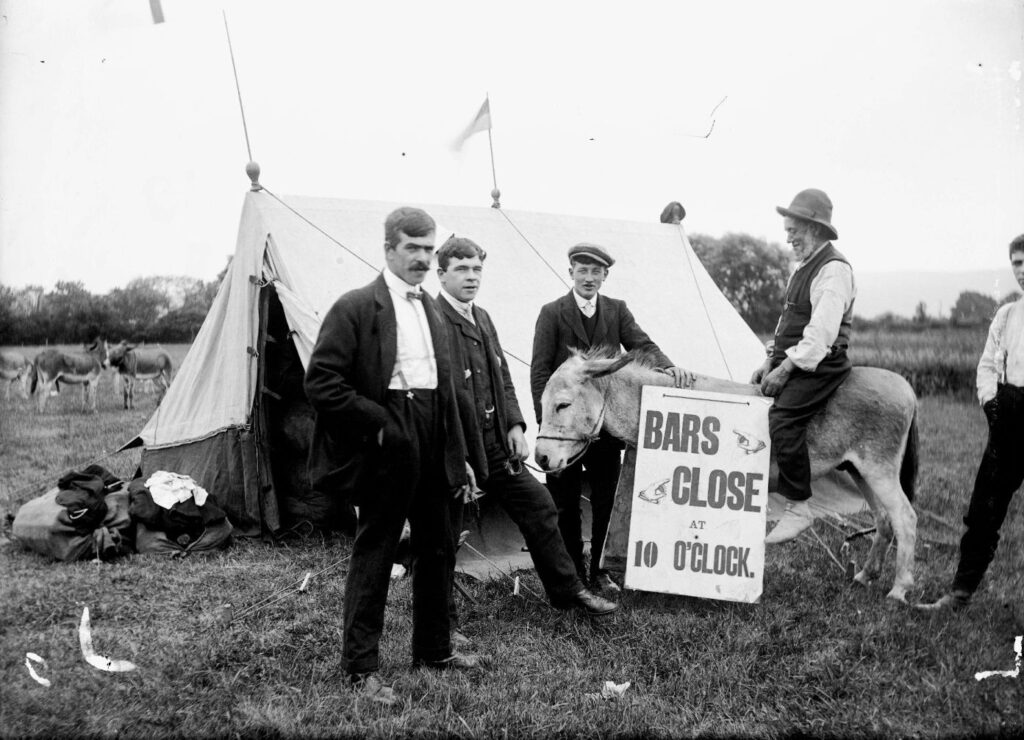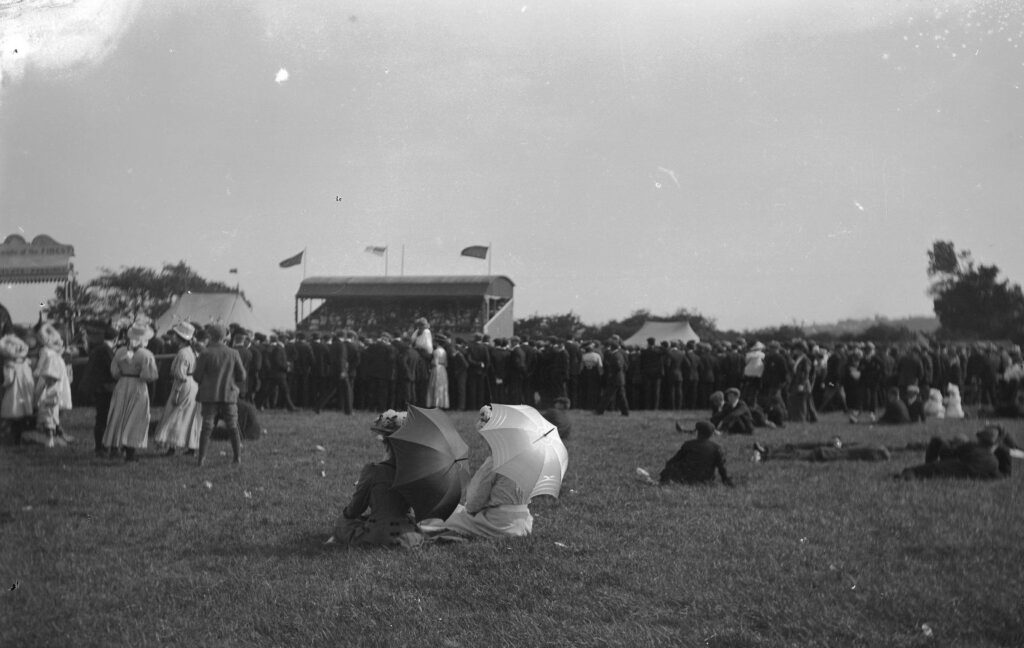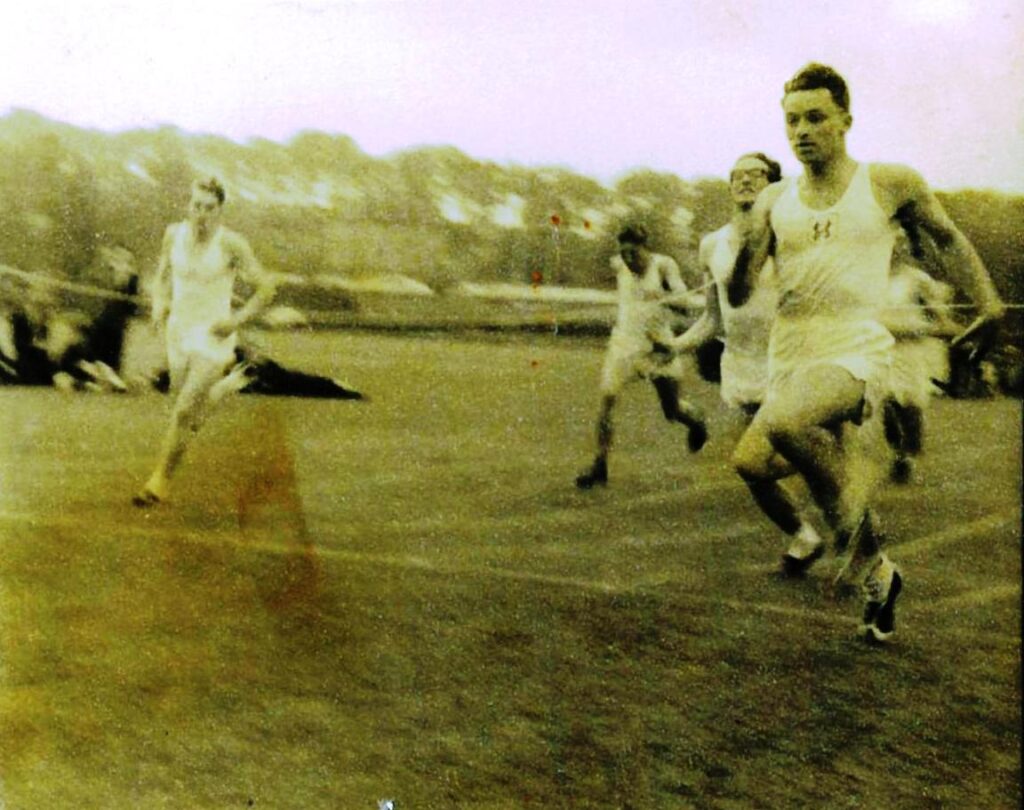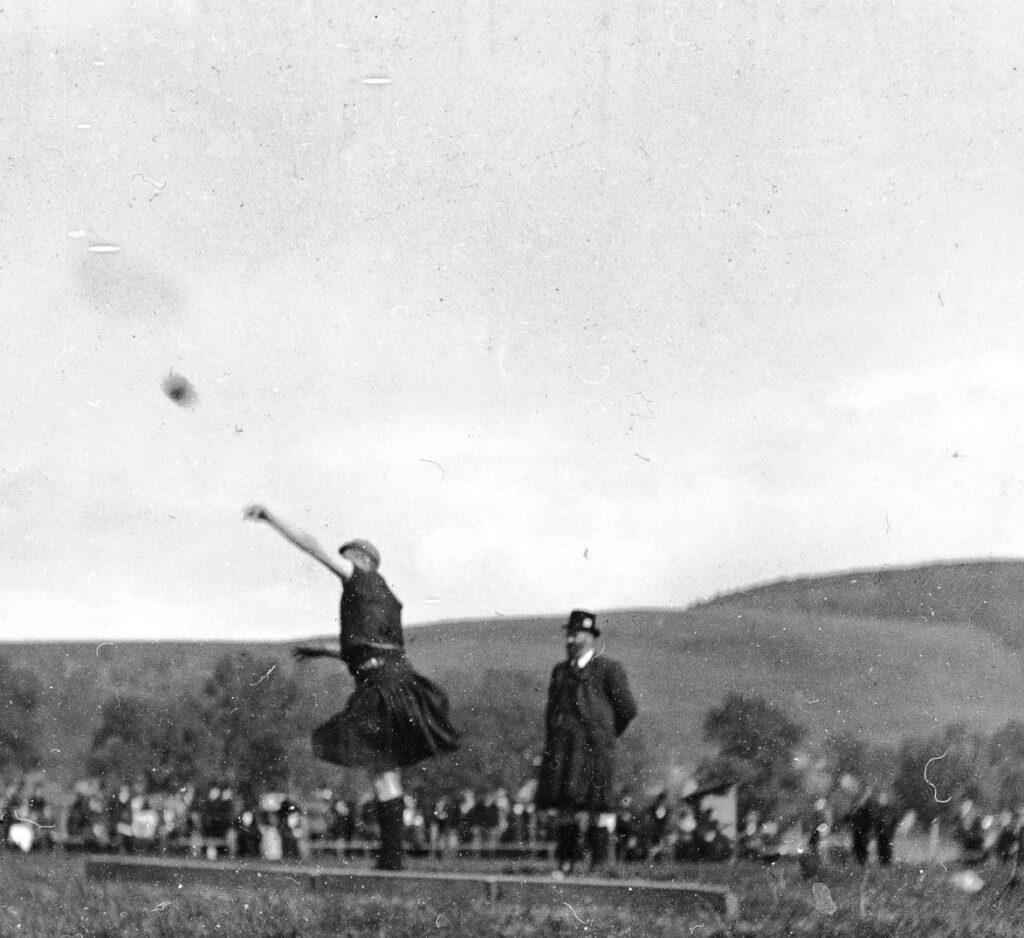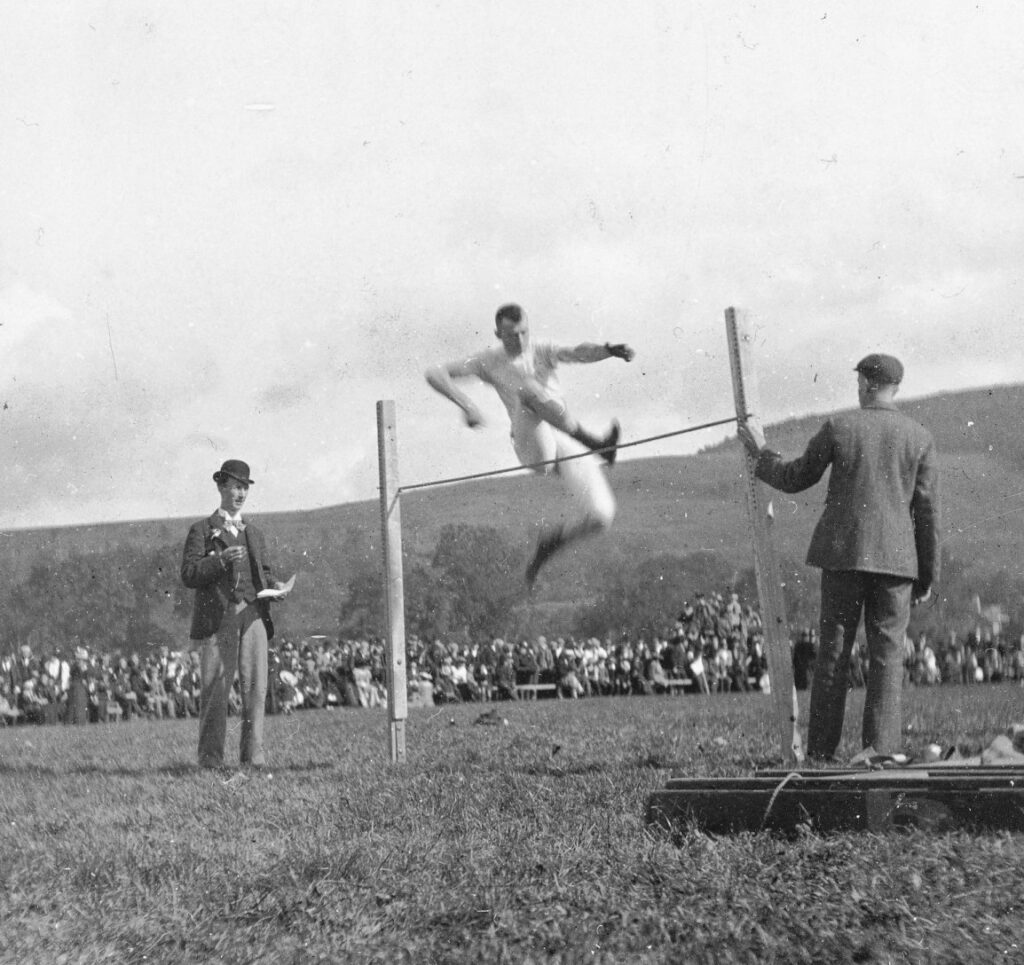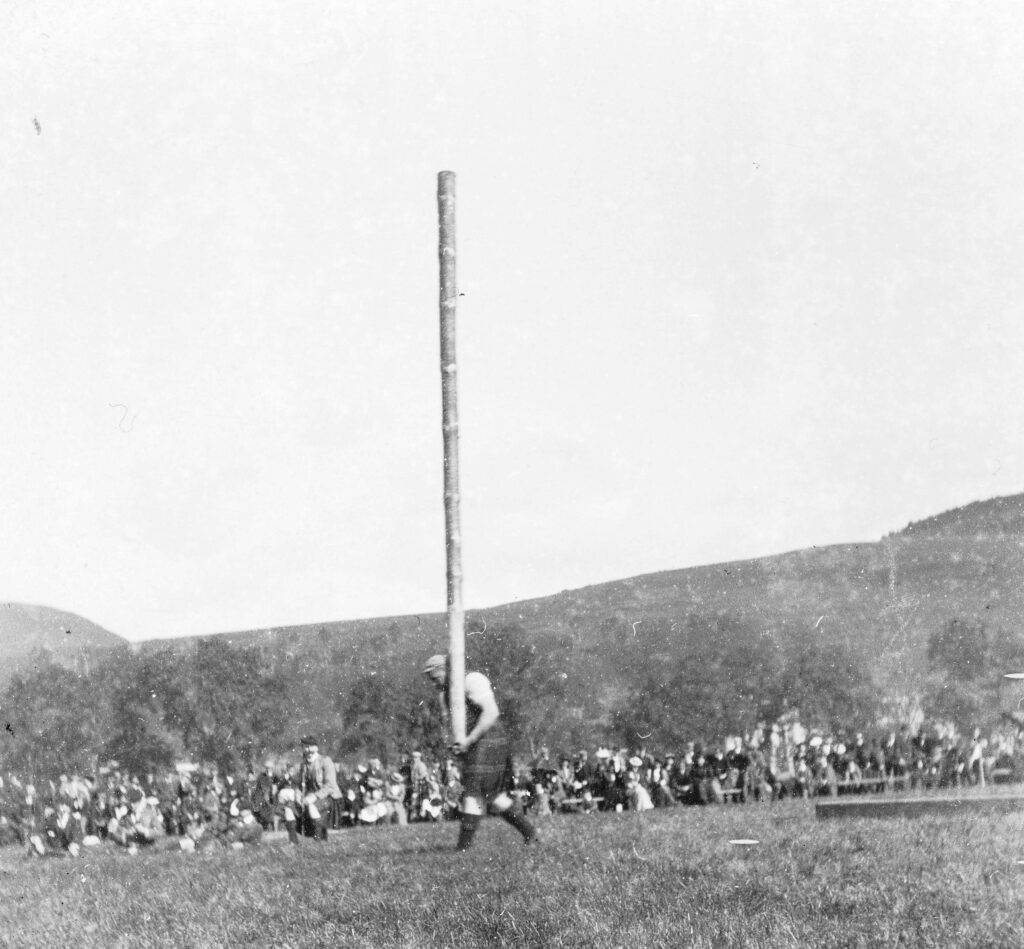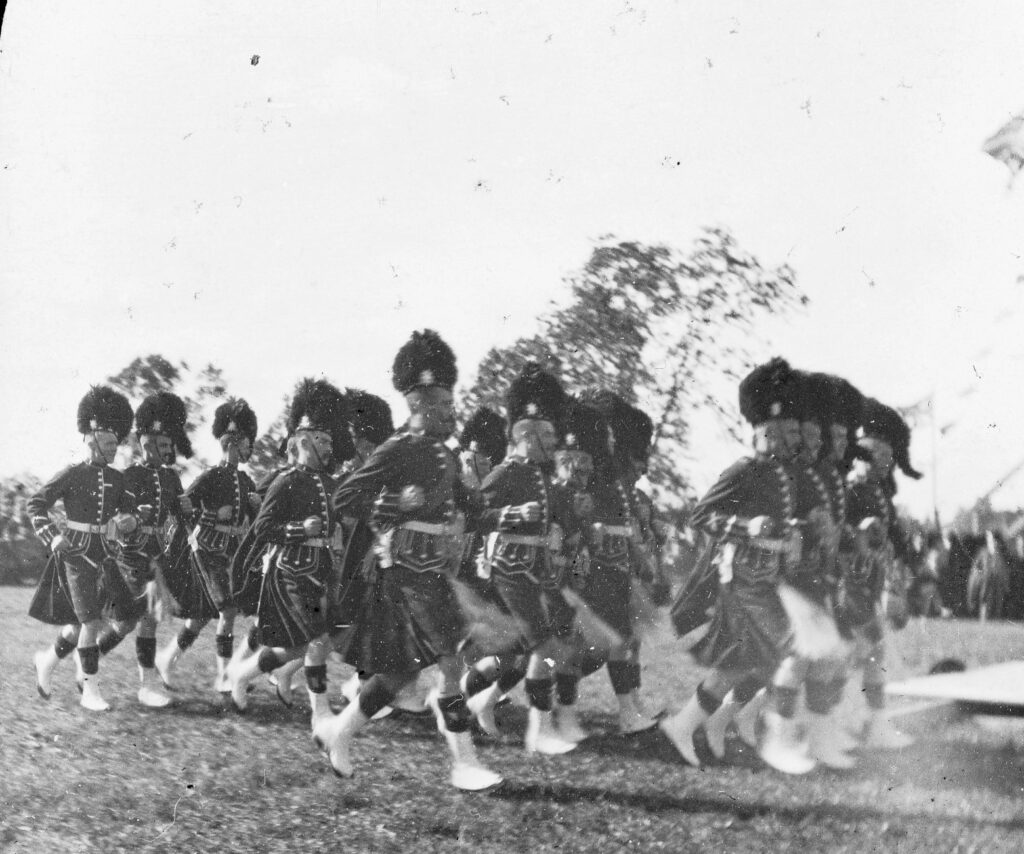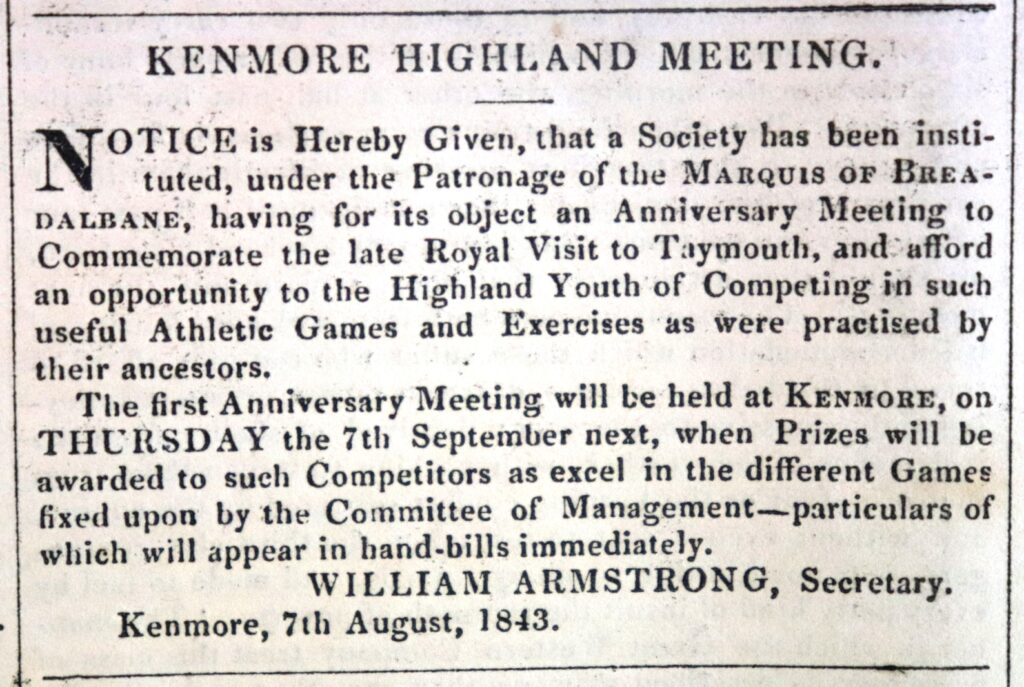With the arrival of the month of June, summer is finally upon us. In Scotland, this means the beginning of Highland Games season. Many communities across the country will be finalising the arrangements for their local games and the Stirling Council area is no exception to this.
It is thought that the origin of these games in Scotland lies with the holding of war games by the Crown to establish which men were fittest to serve in the King’s army. The first reference to contests of this kind is thought to date from the reign of King Malcolm III (1057 – 1093). Supposedly the King summoned men to race up Craig Choinnich near Braemar to help choose a fast runner to use as one of his messengers. Whether this is true or a legend, certainly there are indications that the games have an ancient heritage, even if the written evidence is sparse.
The modern incarnation of Highland Games dates from the early 19th century after the immediate pain of the disruption of the Jacobite rebellions and the ensuing proscription of Highland dress was fading from living memory.
Interest in Highland culture and way of life was stimulated by the romantic novels of Sir Walter Scott written in the early 19th century and the author’s promotion of the ancient forms of dress and other cultural trappings of traditional Scottish life. This revival resulted in the establishment of the Highland Society in London in 1820, and the visit of King George IV to Edinburgh, an event masterminded by Scott who was a personal friend of the King, in the August of 1822.
The earliest evidence held at the Council Archives of the holding of Games locally is a programme for the Games at St Fillans by Loch Earn, near Crieff, dating from June 1823 held as part of the papers of the Clan McGregor.
The programme states that it relates to the 5th annual meeting of the Highland Society, indicating that the Games there began in 1818. This programme gives an indication of the events included in this early example of the modern games including:
- Foot races.
- Shooting at a fixed target.
- High jumping.
- Throwing the putting stone.
- Playing Highland reels on the bagpipes
- Playing Phibrochs on the bagpipes.
- Singing Gaelic songs.
- The recitation of an original essay, song or poem composed for the occasion.
- Dancing reels, flings and sword dances.
The Council Archives also holds some records that relate to the Strathallan Meeting Ltd, the company that oversees the organisation of the Highland Games in Bridge of Allan. The minutes of the organisation date from 1888 but there is evidence that the actual Games date back to the same sort of time period as the ones at St Fillans. There are programmes pasted into the minute books and these give lists of the events included in the games.
There are also some lovely photographs of the Strathallan Games in the collection that we hold of images taken by Ramsays of Bridge of Allan. These date from the early part of the 20th century and give a real flavour of the occasion.
A lovely action shot of the games from 1956 was also shared with us as part of our Re:Collections project.
Similarly, we have a wonderful collection of glass plate images of Callander taken by Archie McLaren that include some unique early pictures of the Callander Games showing many of the different classes of competition including caber tossing, shot putting and wrestling,
Local newspapers feature articles covering these events which give full accounts of proceedings and are a great source for the study of this aspects of Scotland’s heritage. This article from the Stirling Observer of the 10th August 1843 gives notice of the formation of a Highland Games Society and the holding of the first Games at Kenmore in that year.
